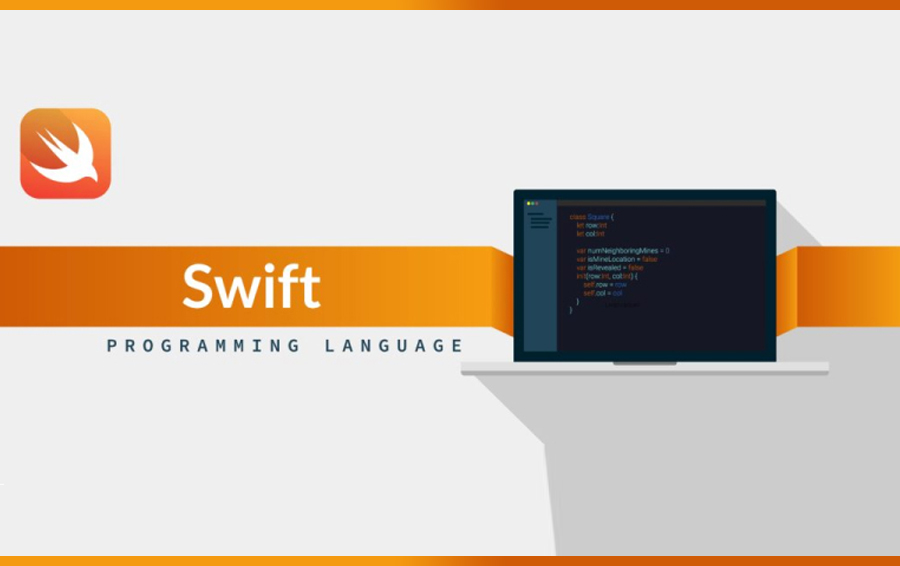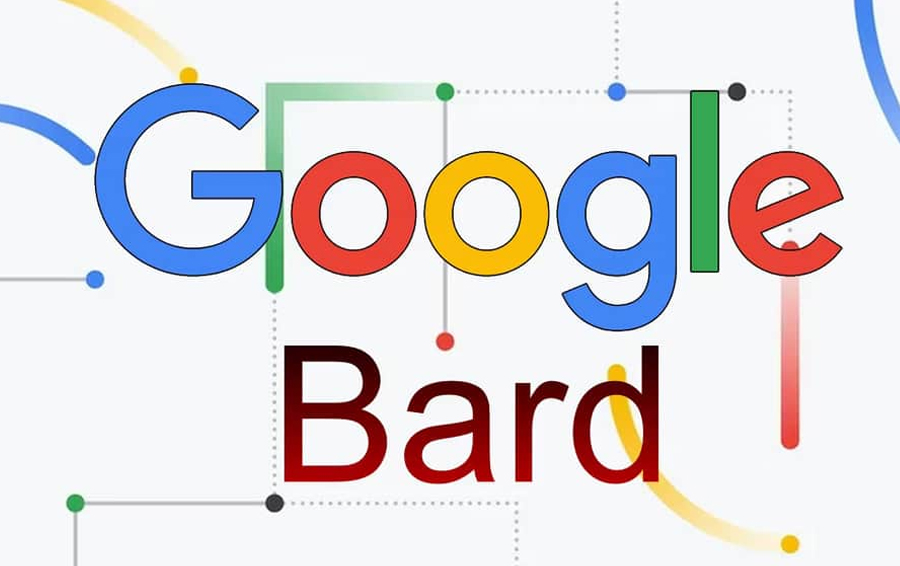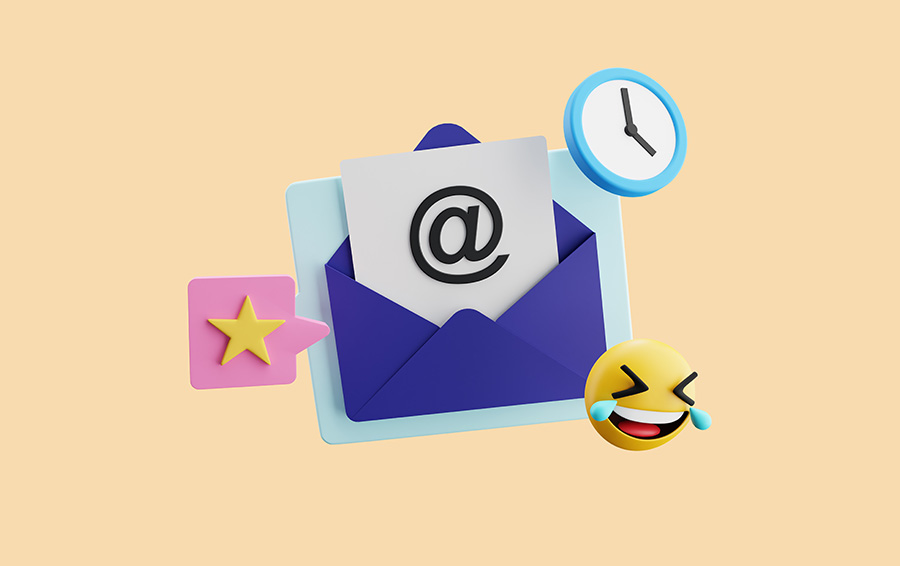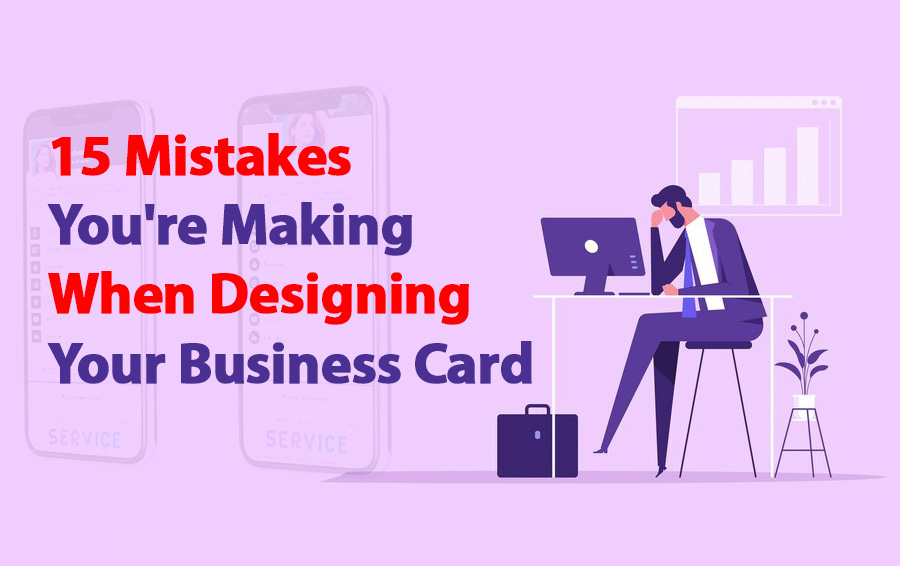What is Dart Programming - A Paradigm Shift in Coding

What is Dart Programming - A Paradigm Shift in Coding
Dart programming, a versatile language developed by Google, is making waves in the world of software development. Whether you're a seasoned programmer or a newbie looking to dive into the world of coding, Dart offers an enticing blend of simplicity and power. In this guide, we'll take you on a journey through the fascinating world of Dart programming, from the basics to more advanced concepts. Strap in, and let's unravel the magic of Dart!
Table of Contents
- What is Dart Programming?
- A Brief Introduction
- Why Choose Dart?
- Simplicity and Versatility
- Fast Development with Hot Reload
- Setting up Your Development Environment
- Installing Dart SDK
- Selecting an IDE
- Getting Started with Dart
- Hello World: Your First Dart Program
- Variables and Data Types
- Declaring Variables
- Primitive Data Types
- Control Structures in Dart
- Conditional Statements (if, else, switch)
- Loops (for, while, do-while)
- Functions in Dart
- Defining Functions
- Passing Parameters
- Returning Values
- Dart Collections
- Lists
- Sets
- Maps
- Object-Oriented Programming in Dart
- Classes and Objects
- Inheritance and Polymorphism
- Exception Handling
- Handling Errors Gracefully
- Asynchronous Programming
- Futures and Async/Await
- Dart for Web Development
- Using Flutter for UI Development
- Web Server Development with Aqueduct
- Dart's Ecosystem
- Packages and Libraries
- Best Practices
- Code Organization and Clean Code
- Conclusion
- Your Dart Journey Begins Here
What is Dart Programming?
Dart is a powerful, general-purpose programming language developed by Google. It boasts an elegant syntax, making it beginner-friendly while offering advanced features for experienced developers. Dart is a language for building everything from mobile and web apps to server-side applications.
A Brief Introduction
Dart, launched in 2011, has come a long way. It's known for its simplicity and efficiency, two factors that make it a preferred choice for various application types. Dart's key features include strong typing, just-in-time (JIT) compilation, and ahead-of-time (AOT) compilation, making it a versatile language for a wide range of platforms.
Why Choose Dart?
Simplicity and Versatility
Dart's syntax is clear and concise. It's easier to read and write, reducing the likelihood of errors. For beginners, this is a major advantage. But don't be fooled; Dart is equally powerful and versatile, meeting the needs of experienced developers.
Fast Development with Hot Reload
One standout feature is Dart's "hot reload." When using Dart in combination with the Flutter framework, you can make real-time changes to your app, see them instantly, and fix issues without restarting the entire application.
Setting up Your Development Environment
Installing Dart SDK
Before you dive into Dart programming, you need to set up your development environment. Start by installing the Dart SDK. It's available for Windows, macOS, and Linux, so you can use your preferred operating system.
Selecting an IDE
Choosing the right Integrated Development Environment (IDE) is crucial for your programming journey. Options like Visual Studio Code and Android Studio are popular choices for Dart programming. These IDEs come with useful plugins and extensions that enhance your development experience.
Getting Started with Dart
Hello World: Your First Dart Program
Let's kick things off with the traditional "Hello World" program. It's the simplest way to introduce yourself to a new language. In Dart, you can achieve this with just a single line of code. Open your chosen IDE, create a new Dart project, and print "Hello, Dart!" to the console. Congratulations, you've just written your first Dart program!
Variables and Data Types
Declaring Variables
In Dart, declaring variables is a breeze. You can specify the data type or let Dart infer it for you. For example:
int age = 25; // Explicit data type
var name = 'John'; // Type inference
Primitive Data Types
Dart supports the usual primitive data types, such as integers, doubles, strings, booleans, and more. Understanding these data types is fundamental to working with Dart.
Control Structures in Dart
Conditional Statements (if, else, switch)
Dart offers standard conditional statements like if, else, and switch. You can use these to control the flow of your program based on specific conditions.
Loops (for, while, do-while)
Loops allow you to repeat tasks in your program. Dart provides for, while, and do-while loops for different scenarios.
Functions in Dart
Defining Functions
Functions are a fundamental building block in Dart. You can define them with ease, allowing you to encapsulate and reuse code efficiently.
Passing Parameters
Functions can take parameters, enabling you to pass data into them for processing. This makes your code flexible and dynamic.
Returning Values
In Dart, functions can return values. This is useful when you need to obtain results from a function call.
Dart Collections
Lists
Lists in Dart are ordered collections that can hold various types of elements. You can use lists to manage and manipulate data efficiently.
Sets
Sets are collections of unique elements. They ensure that each element appears only once, making them handy for certain scenarios.
Maps
Maps are key-value pairs, allowing you to associate values with unique keys. They're great for data organization and retrieval.
Object-Oriented Programming in Dart
Classes and Objects
Dart supports object-oriented programming (OOP). You can define classes and create objects from them, promoting code reusability and organization.
Inheritance and Polymorphism
Inheritance allows you to create new classes based on existing ones, while polymorphism enables objects of different classes to be treated as instances of a common superclass.
Exception Handling
Handling Errors Gracefully
In real-world applications, errors and exceptions are inevitable. Dart provides robust error-handling mechanisms to ensure your program doesn't crash when something unexpected occurs.
Asynchronous Programming
Futures and Async/Await
Asynchronous programming is crucial when dealing with time-consuming tasks, like network requests. Dart uses futures and the async/await pattern to handle asynchronous operations efficiently.
Dart for Web Development
Using Flutter for UI Development
If you're interested in creating stunning user interfaces for mobile and web applications, Dart pairs perfectly with the Flutter framework. Flutter allows you to build beautiful, responsive UIs.
Web Server Development with Aqueduct
Dart isn't limited to frontend development. With frameworks like Aqueduct, you can build robust and efficient web servers, opening the door to various web applications and services.
Dart's Ecosystem
Packages and Libraries
Dart boasts a thriving ecosystem of packages and libraries that extend its capabilities. These ready-made solutions can save you time and effort during development.
Best Practices
Code Organization and Clean Code
To become a proficient Dart programmer, it's essential to follow best practices. Proper code organization and maintaining clean, readable code are key to your success.
Conclusion
Congratulations! You've completed your initial journey into the world of Dart programming. Whether you're looking to build mobile apps with Flutter, create web applications, or explore server-side development, Dart has you covered. Remember, practice makes perfect, so keep coding and exploring the endless possibilities Dart offers.
FAQs
1. Is Dart a popular programming language?
Yes, Dart is gaining popularity, especially for mobile app development using Flutter. Its simplicity and versatility make it a solid choice.
2. Can I use Dart for web development?
Absolutely! Dart is used for web development as well, with frameworks like Aqueduct for server-side development and Flutter for web and mobile UIs.
3. Is Dart a statically typed language?
Yes, Dart is statically typed, which means you specify variable types during declaration or let Dart infer them.
4. What makes Dart different from other programming languages?
Dart's combination of simplicity, efficiency, and the ability to develop cross-platform applications with Flutter sets it apart from other languages.
5. Are there job opportunities for Dart developers?
Yes, there are job opportunities for Dart developers, particularly in mobile app development and web development. As Dart and Flutter continue to grow, so do the career prospects for Dart programmers.































Comments
No Comments To Display
Leave a Comment